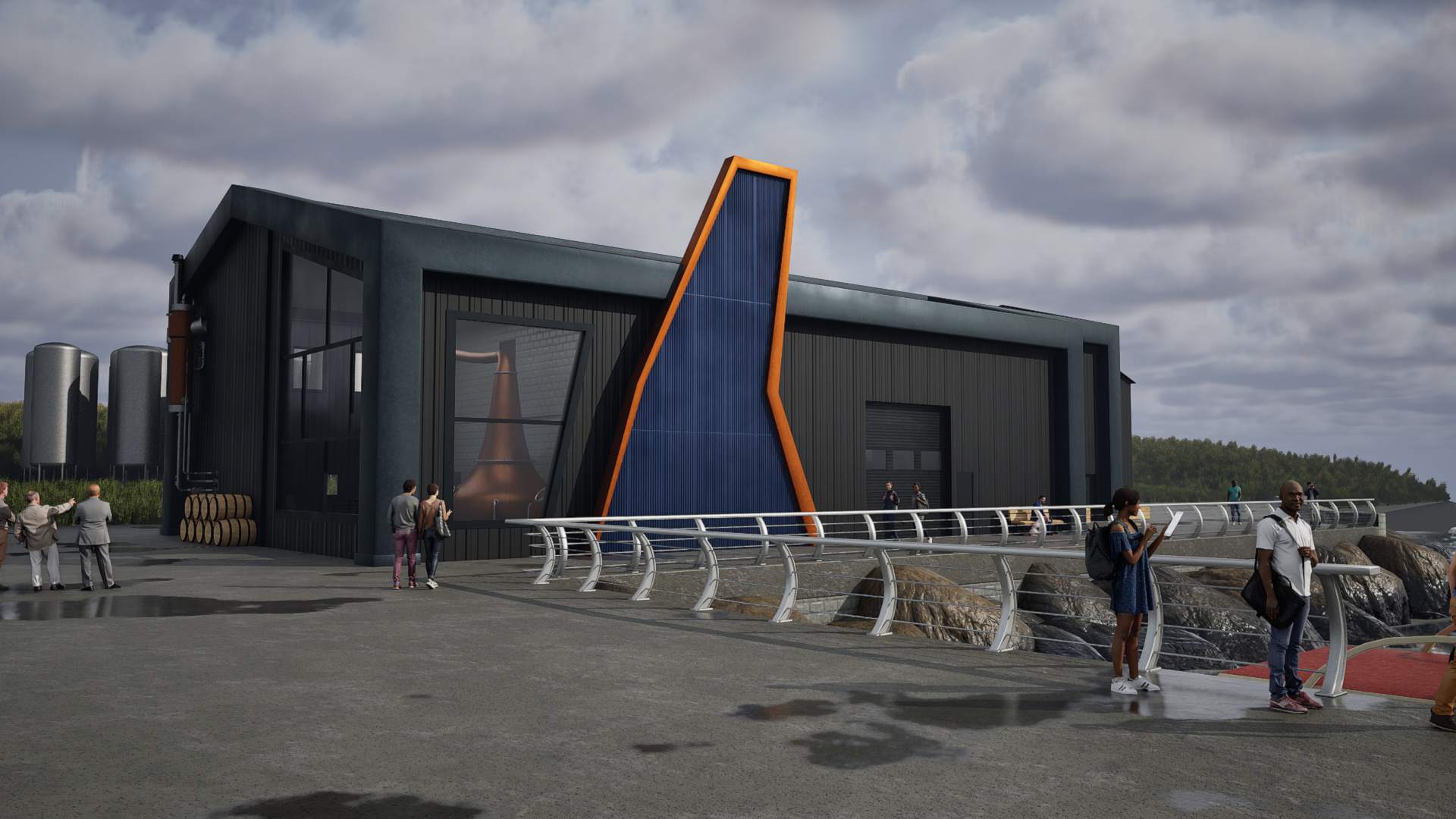Innovation
CMA brings the knowledge of having worked on a varied range of projects over the past 30 years. Improving the lives of the building users and delivering real terms value. From simple adaptations to houses to complex commercial projects. We understand the needs of our clients and the end users for the buildings.
We know how to undertake valuable stakeholder engagement. We have experience of creating lasting legacy and how this aspect will be incorporated into our designs. We would seek to work with our clients to better understand their needs and aspirations.
We have qualified CDM/ Principal Designers within our team. They assist our architects meeting their obligations under the CDM regulations. We also have an in-house Clerk of Works service who can advise on construction compliance.
Net Zero and Passive-Haus Standard Design
We are excited by the push from the Scottish Government and associated statutory bodies in their push towards carbon neutral design delivery. We are fully onboard with preparing designs to meet these standards. We have in-house Passive Standard qualified persons as well as our own research and development programme to help develop a unique CMA response to designing buildings that meet the very exacting performance criteria necessary.
Building Information Management
In April 2017 the Scottish Government published its Scottish Procurement Policy Note 1/17 (SPPN) on the Implementation of Building Information Modelling within Construction Projects, setting out how BIM should be adopted within public sector procurement. It was another signal of an increasing shift in public sector construction strategy towards the obvious financial and efficiency benefits brought by Building Information Modelling.
Scotland’s move towards BIM was a testament to a new way of thinking being encouraged in UK construction where the built environment would transition to a digital built environment. Efficiency gains have been realised from this new approach which resonates through the design, construction and operational phases of an asset’s lifecycle. This was achieved by the way in which BIM uses digital data collaboratively to manage, share and analyse information more effectively for any asset or infrastructure project.
CMA despite being a SME have embraced this new way of designing and set about enabling staff to work within this information rich environment. For the last three years we have developed our hardware and software to help produce our BIM strategies. We have provided staff training and have rolled out the BIM process on most of our new works at present. We now create data-rich ‘BIM Level 2’ models using Autodesk Revit as our principal design tool.
We have established internal processes to define our approach to the BIM execution plan based on the industry standards of BS1192 and the AEC (UK) standards. We are continuing to develop essential processes in readiness for BSI accreditation.
Advanced modelling and immersive technologies.
With our move to designing predominantly in a 3D environment we have been able to experiment with fast rendering of spaces and have started to develop some designs with Virtual Reality (VR) and Augmented Reality (AR). Both of these tools offer far reaching opportunities for designing spaces for older people. We have upgraded our hardware and software to allow us to work with these new design methodologies.



